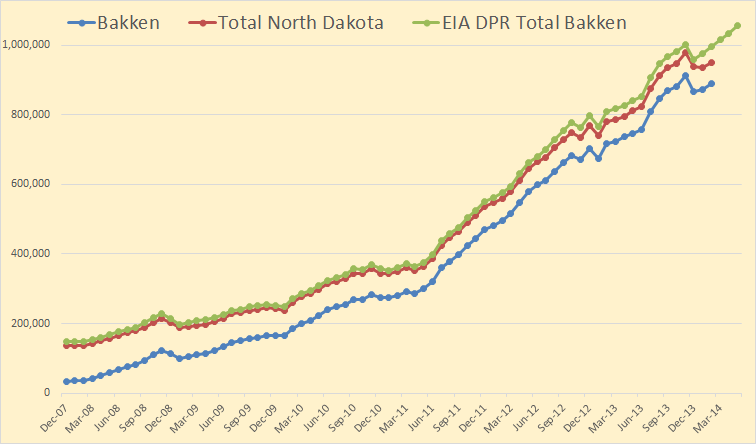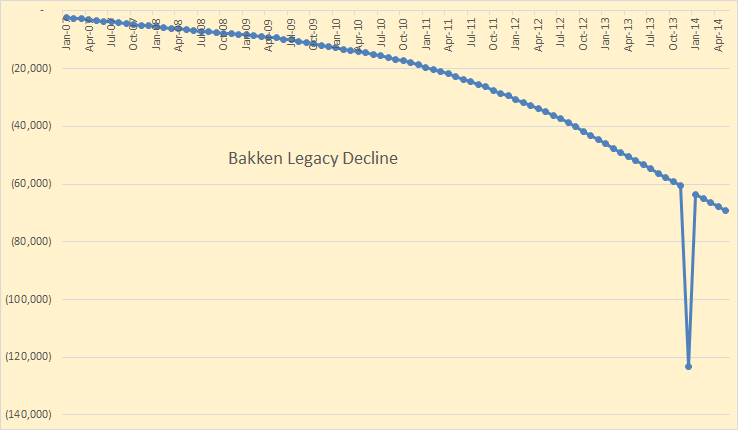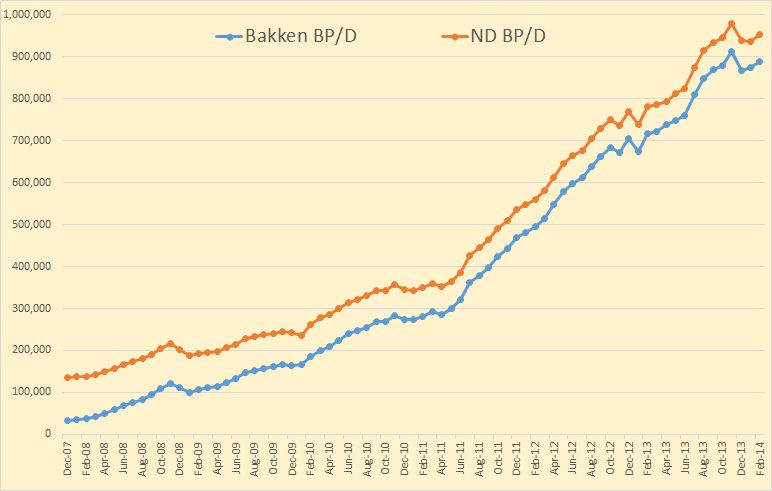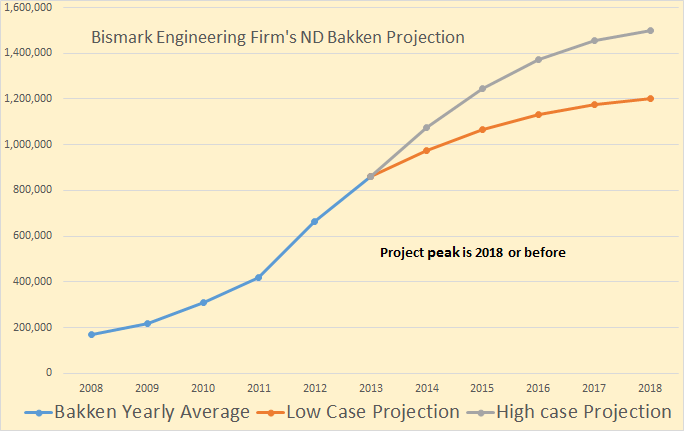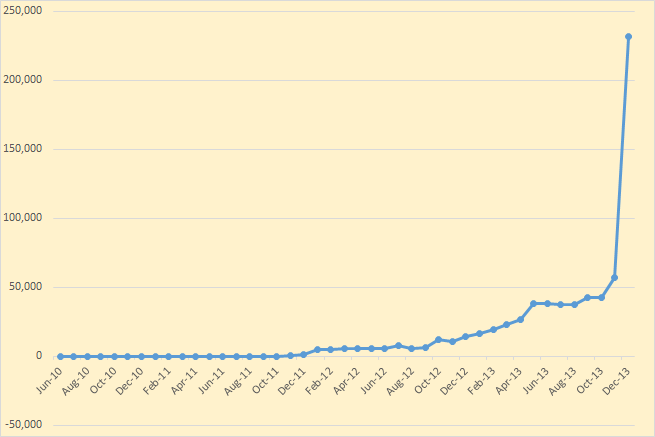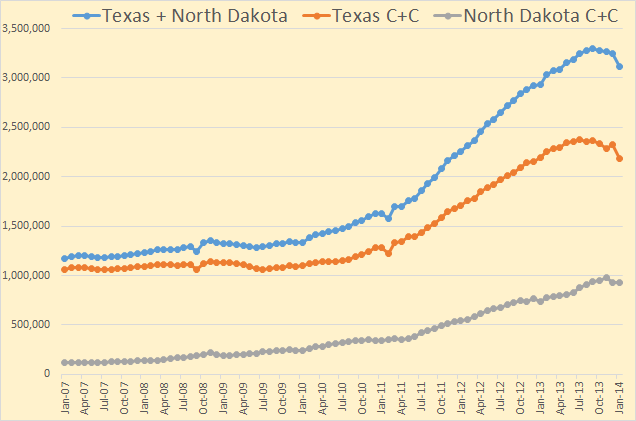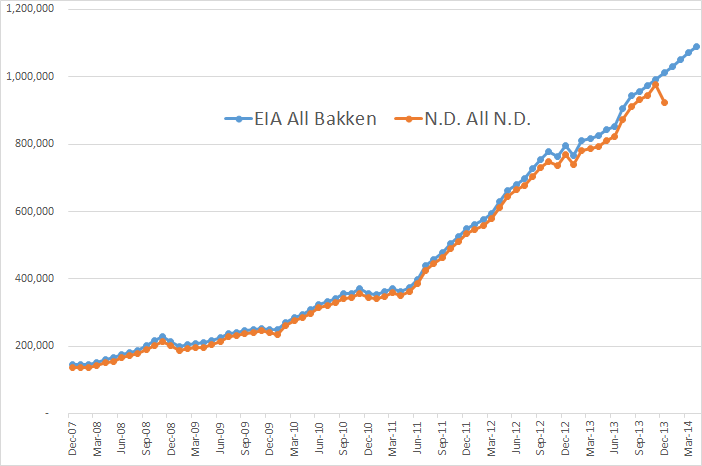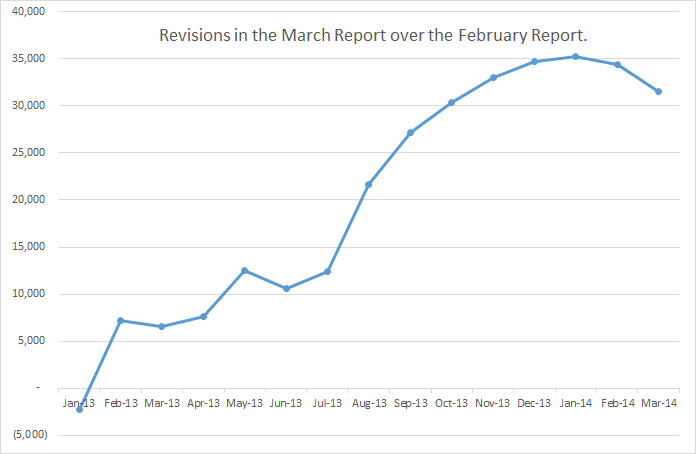
Figure 1
This was also posted at Peak Oil Climate and Sustainability
It has been a while since I have updated my estimate of actual output from the Eagle Ford.
Kevin Carter (KC at Peak Oil Barrel) graciously offered help pulling together data for the 39 fields which make up the Eagle Ford play (see this page at the RRC of TX, spreadsheet download here .)
Kevin has strong programming skills in Visual Basic for Applications (VBA) and has made the job of gathering the Eagle Ford data considerably easier. Thank you Kevin!
My previous estimates only included the Eagleville fields (Eagle Ford 1 and Eagle Ford 2 and the inactive Eagle Ford and Eagle Ford Sour fields), Briscoe Ranch, Sugarkane, Dewitt, Gates Ranch, Hawkville, and Eagle Ridge fields. Together these 10 fields produce about 99% of Eagle Ford C+C output so these previous estimates are not bad, this new estimate includes all Eagle Ford output reported by the RRC from June 1993 to January 2014.
Note that from June 1993 to Dec 2006 C+C monthly output from the Eagle Ford play was 12 b/d or less, which is why the chart starts at Jan 2007.
An Excel spreadsheet with the data can be downloaded here . More below the fold.
